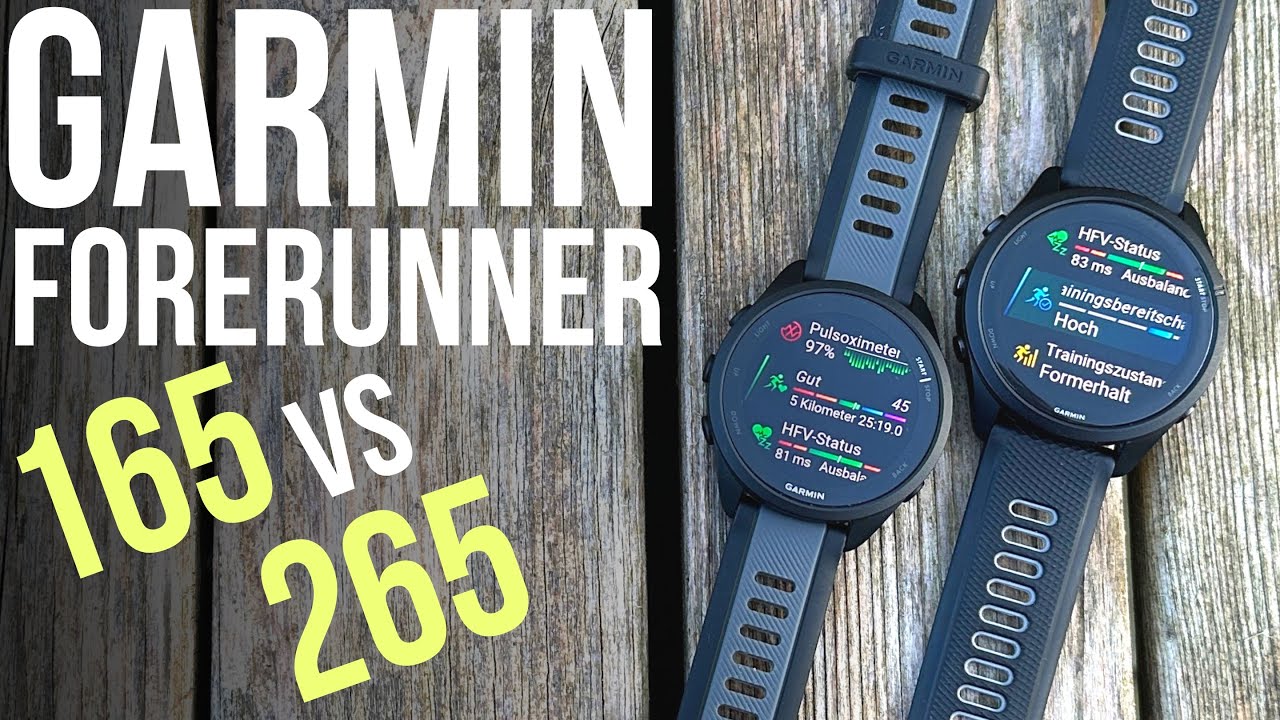Garmin striker vivid 4cv and Lucky fish finder tutorial #garmin #fishfinder #lucky
Summary
TLDRThis video compares two fish finders, the Garmin and the Lucky Fish Finder, highlighting their features, pros, and cons. The Garmin offers advanced functionalities such as GPS, speed, and chart plotting, making it ideal for boat fishing, though it requires a complex setup and consumes a lot of power. The Lucky Fish Finder, on the other hand, is wireless, compact, and easier to use, with up to 5 hours of battery life, making it great for shore fishing or short trips. Ultimately, the choice depends on the user's fishing needs, with both devices offering distinct advantages.
Takeaways
- 😀 The Garmin fish finder offers more advanced features than the Lucky Fish Finder, including split-screen options, chart plotting, and GPS functionality.
- 😀 The Garmin provides GPS speed, position, depth, and water temperature, which are useful for tracking fishing spots and boat movement.
- 😀 The Lucky Fish Finder lacks GPS, speed, and chart plotting but is a compact and wireless device that’s easier to set up and use.
- 😀 The Garmin requires wiring setup, which can be time-consuming, while the Lucky Fish Finder is completely wireless and has no installation required.
- 😀 Garmin’s power consumption is high, which means you need a larger battery or solar panels for extended use, whereas the Lucky Fish Finder is more power-efficient.
- 😀 The Garmin's battery life can be limited to 1-2 hours on a small battery, especially when using high-power features like Clear View.
- 😀 The Lucky Fish Finder’s battery lasts up to 4-5 hours, making it suitable for short fishing trips or casual use.
- 😀 The Garmin is better suited for boating and speed-based fishing, while the Lucky Fish Finder is more convenient for shore fishing or smaller outings.
- 😀 The Garmin is ideal for those who need more detailed navigation and fishing features, such as GPS location, chart plotting, and trolling speed.
- 😀 If you prefer ease of use and portability, the Lucky Fish Finder is a good choice as it’s simple to set up and charge via USB.
- 😀 Both devices have their pros and cons: Garmin offers more features but consumes more power, while the Lucky Fish Finder is portable and easy to use, but lacks some advanced functionalities.
Q & A
What are the key features of the Garmin fish finder?
-The Garmin fish finder offers multiple features such as a split-screen view, traditional sonar, Clear View sonar, GPS position tracking, GPS speed, chart plotting, anchor points, and waypoint markers.
What is the main limitation of the Lucky Fish Finder compared to the Garmin?
-The Lucky Fish Finder lacks features like GPS, speed tracking, and chart plotting. It doesn't offer advanced functionalities such as marking waypoints or tracking GPS positions.
What advantage does the Lucky Fish Finder have over the Garmin in terms of setup?
-The Lucky Fish Finder is wireless, meaning there is no need for complex wiring or installation. It's small, compact, and very easy to use.
How does the power consumption compare between the Garmin and the Lucky Fish Finder?
-The Garmin consumes a lot of power, especially when using features like Clear View sonar, leading to a shorter battery life. On the other hand, the Lucky Fish Finder has a longer battery life, lasting up to 4-5 hours on a full charge.
What is one downside of using the Garmin fish finder?
-A significant downside of the Garmin is the extensive wiring required for setup, which can take a considerable amount of time and effort.
Can the Garmin fish finder be used on small batteries?
-The Garmin fish finder can be used with small batteries, but its power-hungry features will quickly drain the battery, typically lasting only 1.5 hours on a small battery.
What makes the Lucky Fish Finder ideal for short trips or fishing from shore?
-The Lucky Fish Finder is wireless and compact, making it easy to transport and use for short fishing trips. It also doesn't require wiring, making it ideal for quick, simple setups, even for fishing from shore.
What is the best use case for the Garmin fish finder?
-The Garmin fish finder is ideal for use on a boat, especially for those who need detailed features like GPS positioning, speed tracking, and chart plotting, particularly when trolling or navigating on the water.
How do you recharge the Lucky Fish Finder during a fishing trip?
-The Lucky Fish Finder can be recharged via USB, which allows users to top up the charge through a car's cigarette lighter or portable power source during a fishing trip.
What should be kept in mind when wiring up the Garmin fish finder?
-When wiring up the Garmin, it is crucial to ensure the transducer is always submerged in water to prevent damaging the unit, as it relies on the transducer being in the water for proper functionality.
Outlines

Cette section est réservée aux utilisateurs payants. Améliorez votre compte pour accéder à cette section.
Améliorer maintenantMindmap

Cette section est réservée aux utilisateurs payants. Améliorez votre compte pour accéder à cette section.
Améliorer maintenantKeywords

Cette section est réservée aux utilisateurs payants. Améliorez votre compte pour accéder à cette section.
Améliorer maintenantHighlights

Cette section est réservée aux utilisateurs payants. Améliorez votre compte pour accéder à cette section.
Améliorer maintenantTranscripts

Cette section est réservée aux utilisateurs payants. Améliorez votre compte pour accéder à cette section.
Améliorer maintenantVoir Plus de Vidéos Connexes
5.0 / 5 (0 votes)






